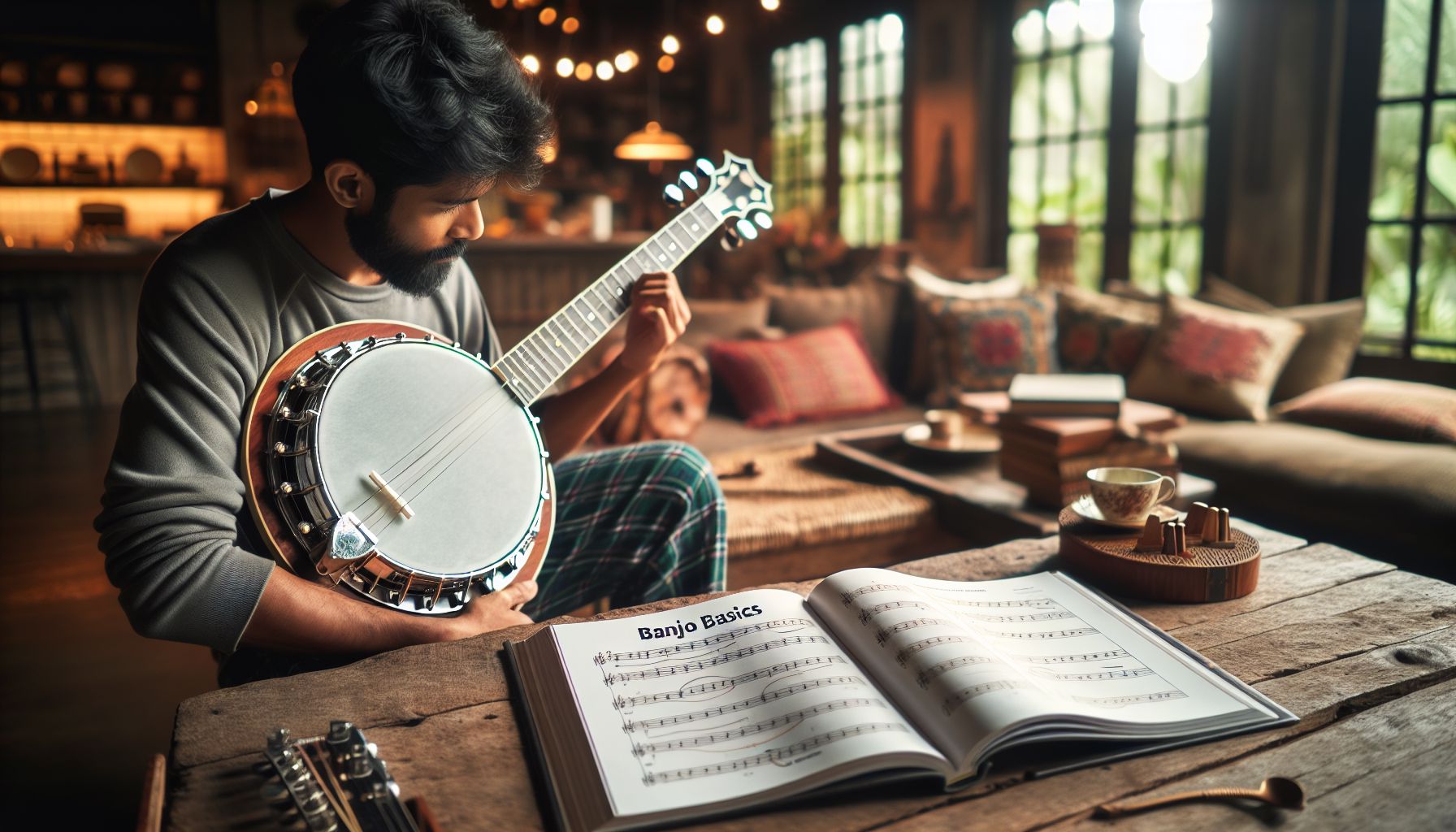Are you someone who’s always been fascinated by the sound of the banjo? Well, you’re not alone! Whether you’ve been inspired by the energetic strumming in bluegrass music or are simply drawn to the unique timbre of this versatile instrument, learning to play the banjo can be an incredibly rewarding experience. In this beginner’s guide, we’ll take a closer look at the 5-string banjo, its different components, how to tune it, and some basic techniques to get you started on your banjo playing journey.
Introduction to the Banjo
The banjo is a stringed instrument that originated in Africa and was brought to the United States by enslaved peoples. It has a distinctive bright, twangy sound that has made it a staple in various styles of music, including folk, bluegrass, and country. The most common type of banjo used by beginners is the 5-string banjo, which consists of a circular body called the pot, a long neck, and five strings. Unlike other stringed instruments, the banjo is typically played with fingerpicks to produce a louder and more percussive sound.
Parts of the Banjo
Before we dive into playing the banjo, let’s familiarize ourselves with its various parts:
-
Pot: The pot of the banjo serves as the resonating chamber and is made up of a tension hoop, a tone ring, and a head, usually made of plastic or animal skin.
-
Neck: The neck is a long, slender piece of wood attached to the pot. It houses the fingerboard, frets, and tuning pegs.
-
Headstock: The headstock is located at the end of the neck and holds the tuning pegs. It’s where you’ll adjust the tension of the strings.
-
Fingerboard: The fingerboard is a flat, usually made of rosewood or ebony, where you’ll press down on the strings to produce different pitches.
-
Strings: The 5-string banjo typically has four wound strings and one shorter fifth string, which is played by using the thumb.
Now that we have a basic understanding of the banjo’s components, let’s move on to tuning.
Tuning the Banjo
Tuning the banjo can seem daunting at first, but with a bit of practice, it becomes second nature. The most common tuning for 5-string banjo is Open-G tuning, which is also known as gDGBD. Here’s how you can tune your banjo to Open-G:
-
Start by loosening all the strings to relieve tension.
-
Begin with the thickest string, also known as the 4th string, and tune it to a low G note.
-
Move on to the next string, the 3rd string, and tune it to a B note.
-
The 2nd string is tuned to a high D note.
-
The 1st string, the thinnest string, is tuned to a high G note.
-
Finally, the 5th string should be tuned to a high G note, one octave higher than the 1st string G note.
Remember to use a tuner or a reference pitch to ensure accurate tuning!
Basic Playing Techniques
Now that your banjo is properly tuned, let’s explore some basic playing techniques:
-
Fingerpicking: Most banjo players use fingerpicks on their thumb, index, and middle finger to pluck the strings. The thumb is used for playing the 5th string, while the index and middle fingers are responsible for the rest.
-
Scruggs Style: The Scruggs style refers to a popular picking technique developed by Earl Scruggs, an influential banjo player. It involves using three fingers (thumb, index, and middle) to play a series of rolls, which are patterns of notes played in a specific order.
-
Chords: Understanding and playing different chord shapes is essential for strumming and accompanying other musicians. Start by practicing common chords such as G, C, and D, which are frequently used in various musical genres.
Conclusion
Learning to play the banjo, especially the 5-string banjo, opens up a world of musical possibilities. With its distinctive sound and versatile playing techniques, the banjo can accompany a wide range of music, from folk to bluegrass. By familiarizing yourself with the different parts of the instrument, mastering tuning, and practicing basic playing techniques, you’ll be well on your way to becoming a proficient banjo player.
Remember, learning any instrument takes time and dedication. Enjoy the process, stay patient, and relish every milestone you achieve on your banjo-playing journey. So, pick up that banjo, strum those strings, and let the melodious twang of this beloved instrument bring joy and creativity into your life! Happy playing!


